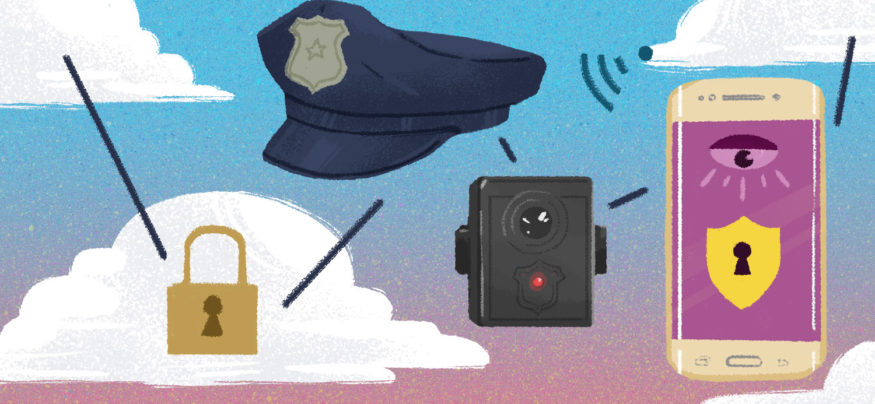While no one would dispute that the past year has seen some game-changing advances in government technology, some might be surprised at just how deep these changes run.
It was a year characterized by heightened concerns over security, on the one hand, paired with a growing public awareness of the pros and cons of increased police surveillance, including body cameras on police officers. In these arenas, as in the realm of mobility, technologists showed they could develop products and processes that helped to further the mission of government while enhancing the public good.
Three advances stand out. In the areas of mobile security, police body cameras and safeguarding data stored in the cloud, major changes unfolded in the past 12 months.
Securing Mobility
Security has long been a concern in the realm of government mobility. The need for secure voice and text communication is crucial for government users, who may be entrusted with sensitive materials that encompass diverse aspects of civic welfare, including both classified and unclassified information.
In government, security is often a requirement. Regulations enforce mandatory certifications to ensure that U.S. government workers use encryption. FISMA and HIPAA requirements, for example, mandate that agencies implement strong security protections, including mobile device management solutions.
Diverse mobile security solutions have recently appeared, such as KoolSpan’s TrustCall, to create multilayered security across hardware and applications. Specifically, the Samsung solution incorporates Samsung KNOX, a tool that securely separates personal and professional activities on a device through containerization. This solution has drawn support from the federal government, which has deployed tens of thousands of KNOX-enabled devices.
Moving Pictures
Sometimes it takes a headline to spur technology. That has been the case with body cameras for police officers, as high-profile encounters spurred public demand for greater accountability, include video documentation of interactions with citizens. Nearly all states considered some police body camera legislation in 2015, while President Barack Obama created a program that would invest $75 million in federal funds to help deploy 50,000 police body cameras.
Federal law enforcement is following suit, as 99 percent of federal government officials surveyed believe that video surveillance will factor into their ability prevent crime over the next five years, according to a 2015 report from the research firm MeriTalk.
However, some technical concerns have been raised. For example, storage costs could make it prohibitively expensive to retain vast amounts of data. Some say this could be remedied with cloud solutions, which could help to mitigate the cost.
Still, some issues may not be resolved by technology alone. Some question whether the chain of custody can be preserved in video storage. Can law enforcement officers know for sure that video content is safe and undisturbed once they hand it over to an outside cloud provider? Here, the solution may lie not so much with technology, but with sound policies. Police and courts will need to begin developing the rules and regulations that ensure video evidence is kept secure over time.
Safe in the Cloud
Cloud storage came onto the scene under a cloud of its own. Government technology chiefs and business leaders expressed grave concern early on that data stored in some vague virtual space could never be fully secured. Technological advances have helped to turn that around, driving acceptance of cloud as both a secure and highly effective solution for government needs.
Some say that the volume of data transmitted via a cloud server may actually be to its advantage. Because cloud providers see vast amounts of data flowing in and out of their systems, they can more easily spot trends and anomalies that might indicate an attack or vulnerability. In contrast, a single government agency likely wouldn’t see that volume of data. Likewise, service providers typically have in-house security expertise that a government department might not have readily available.
In addition, cloud providers have policies — stringent rules and regulations regarding how data is handled. Here, again, government entities might not have such safeguards in place.
For New Issues, New Solutions
It’s been a busy year indeed for government IT, with mobility on a steep trajectory, cloud nearly ubiquitous and public safety exploring new issues and avenues. Within this shifting landscape, perennial issues of security and accessibility continue to play a leading role.
Looking ahead, it’s likely these same trends will continue, with security in particular taking center stage. As high-profile cyber incidents continue to occur in the government arena, there will be a pressing need to safeguard systems against all possible forms of attack.








